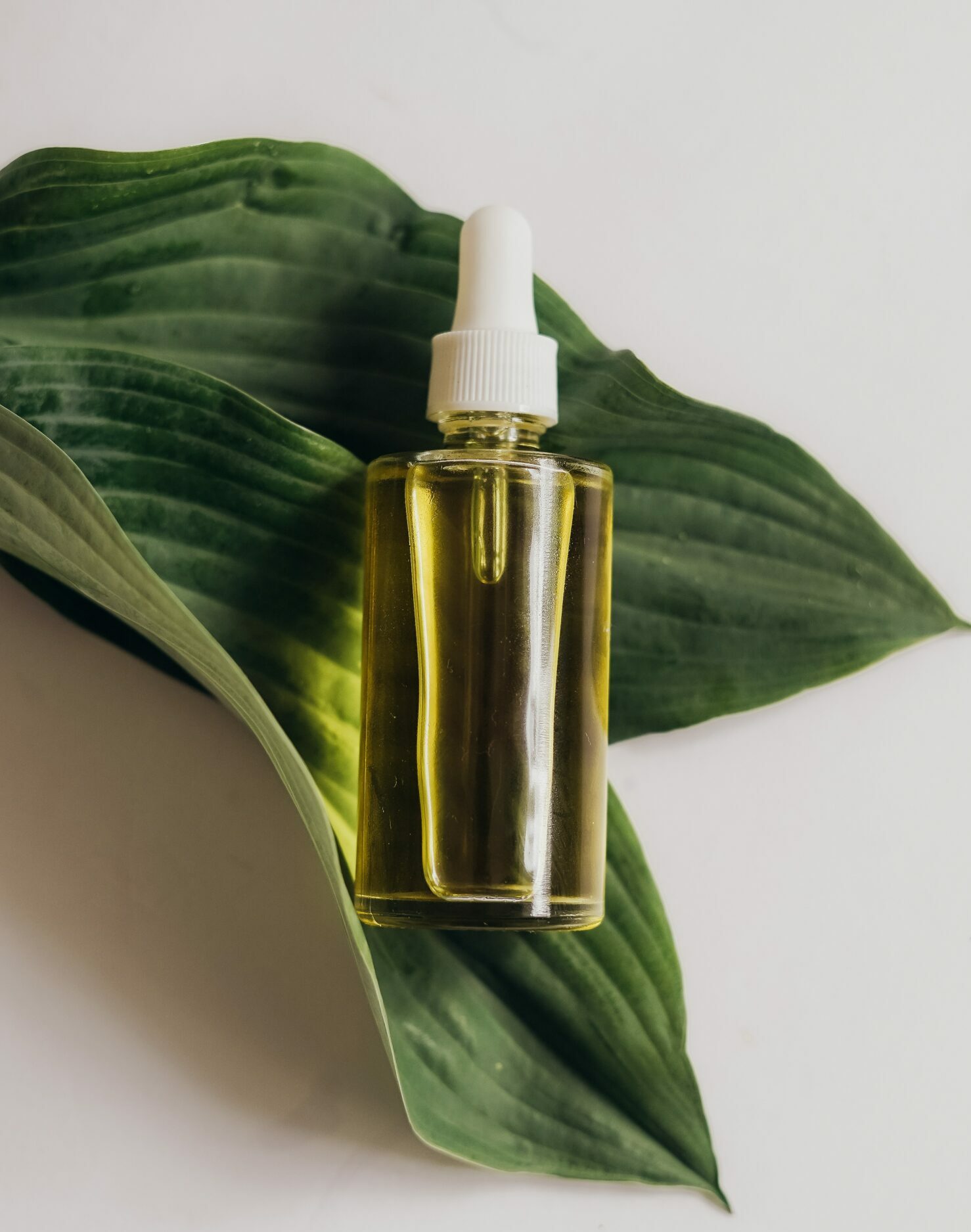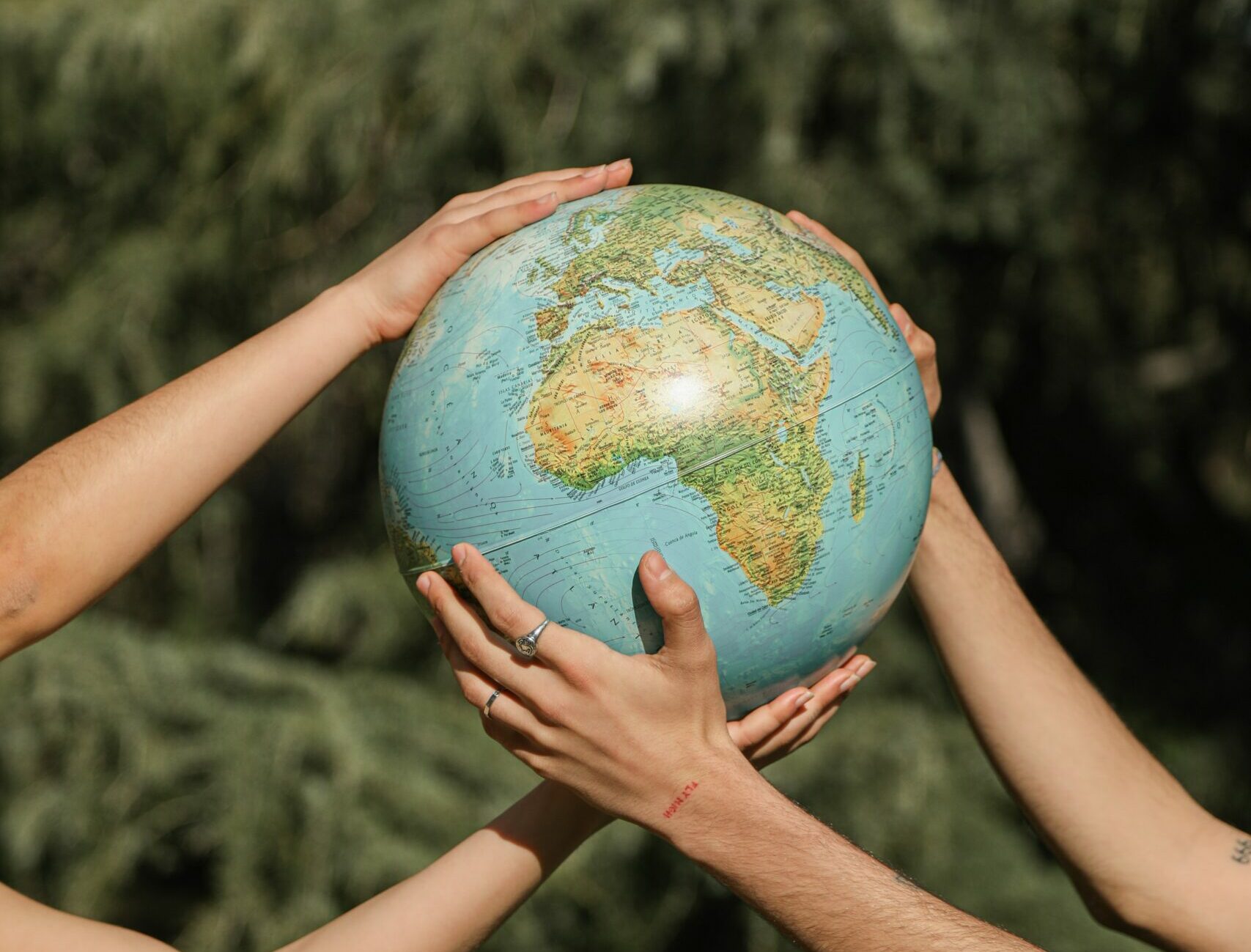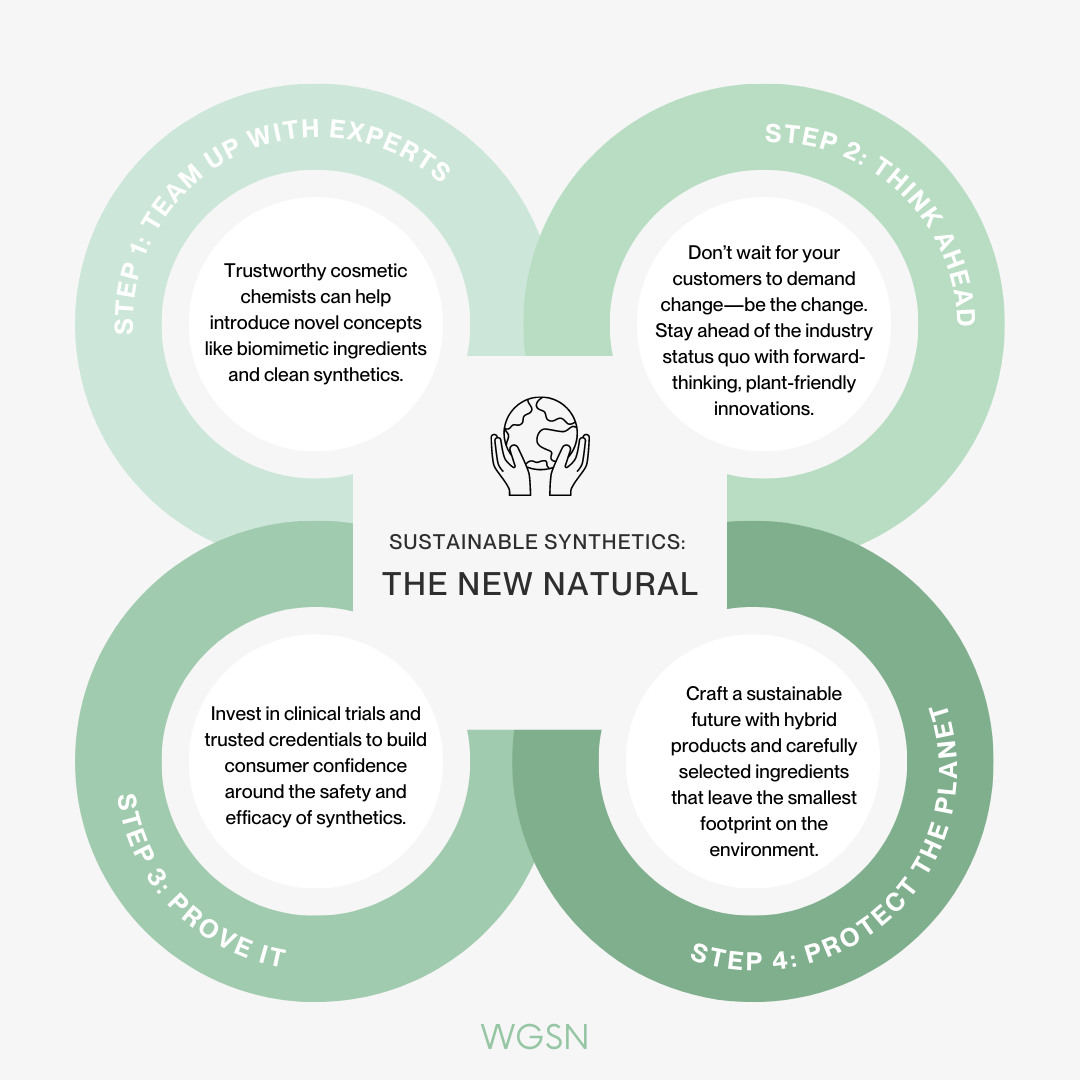- Search

Search topics like reusable, refillable, waterless, and eco-friendly have seen positive year-over-year growth. “Free from” terms such as cruelty-free, paraben-free, fragrance-free also continue to rise in the haircare and skincare spaces. As a brand, it’s crucial to not only consider what’s inside of your product, but what you leave out, too (Byrdie).

When you hear the word “chemical” what comes to mind? While not all chemicals are bad for you, it’s no secret that beauty and personal care products use chemically-derived ingredients.
To tackle the perception head-on, beauty brands are nixing potentially toxic chemicals (in their harmful dosage) from their INCIs altogether to make sustainable and responsible sourcing the top priority. This includes full transparency from vendors and traceability at every stage of production, as well as referencing third-party certifications and seals to help pinpoint healthier alternatives for consumers and the planet (New York Times).
Your brand wants to go vegan, but swapping animal-derived ingredients for natural ones is no easy feat when it comes to product stability and efficacy. Enter: synthetics.
Biotech innovations are toeing the line between synthetic and natural, as suppliers develop synthetic vegan ingredients like non-toxic silicone, silk, and animal protein alternatives that keep consciousness clean and animals unharmed, all while minimizing environmental impact (WGSN).


Non-toxic, eco-friendly ingredients are becoming the industry status quo, but the quest for more consciously crafted beauty doesn’t stop there—product packaging should be equally sustainable, too.
Brands should turn their focus to organic packaging resources that can be regrown or gathered from existing waste streams such as seaweed, wood-based cellulose, or biofilms that can form compostable coatings and wrapping.
Innovative natural materials like seashells can be transformed into glass alternatives with a wonderfully sensorial texture. Even food waste can be repurposed here. The same goes for color theory—the natural world informs the palette of the beauty world, and forward-thinking product innovators will turn to fungi, foraged plants, and ocean flora like seaweed and algae to inspire—and create—the color palette of the next-generation of beauty products (BeautyStreams).

There’s no disputing it: the future of our planet is the greatest investment. As the realities of climate change begin to take hold, eco initiatives are no longer reserved for niche businesses—the beauty industry at large is stepping in.
A Euromonitor survey showed the top five sustainability investments for brands over the next five years will be developing sustainable products, recycling, sustainable and ethical sourcing, waste management, and employee support programs. Followed by a focus on energy and water preservation, supply chain resilience, and green technology (Euromonitor).


